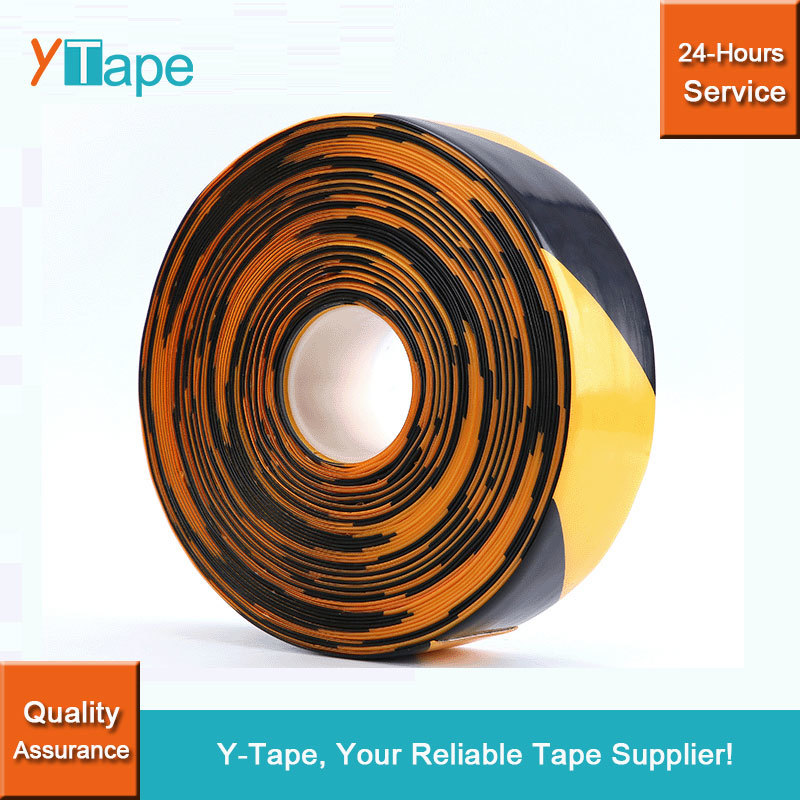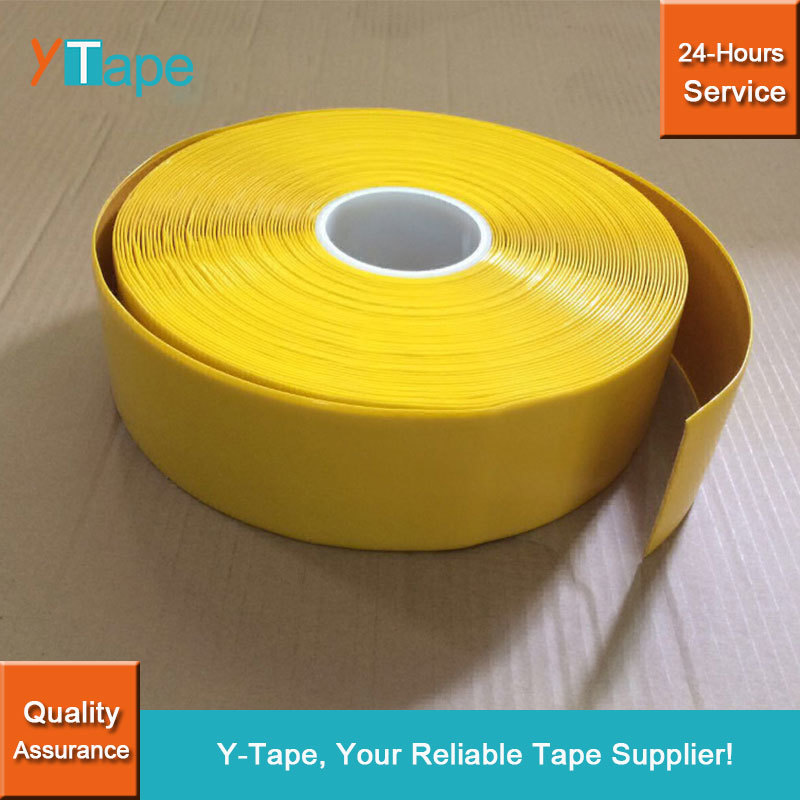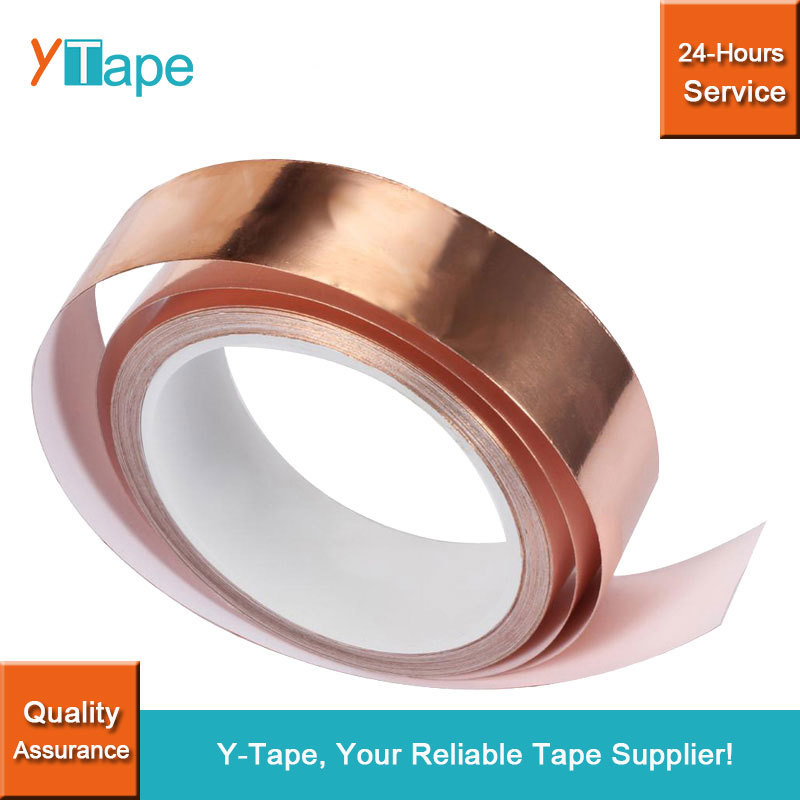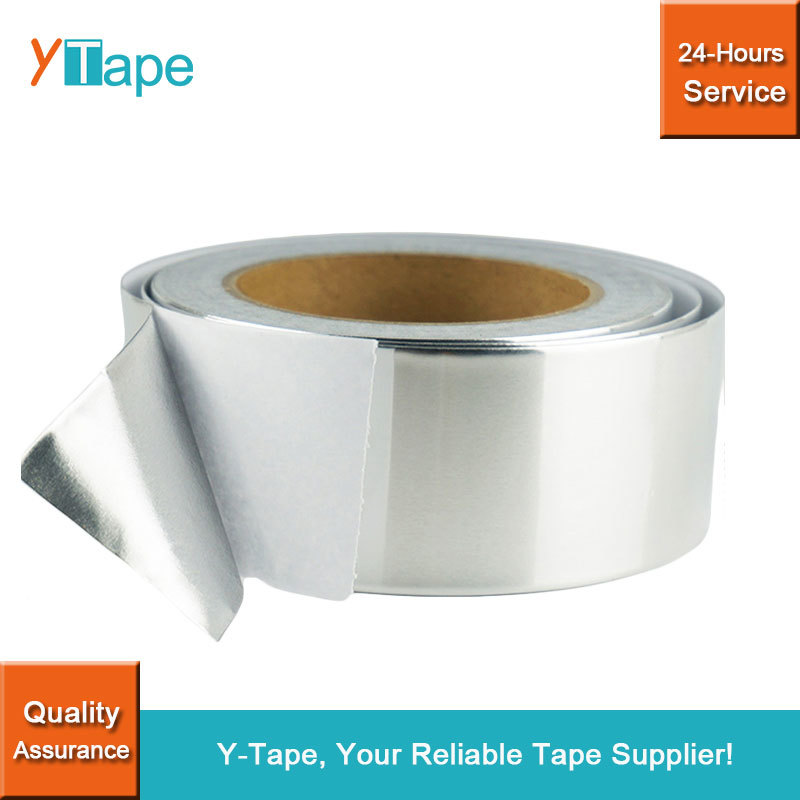Contact Us
Thermal Pad
- Commodity name: Thermal Pad
- Description
-
Thermal pads, also known as thermal interface pads or thermal gap pads, are soft, compressible materials designed to enhance heat transfer and provide thermal conductivity between two surfaces. They are commonly used in electronic applications to improve thermal management and dissipate heat efficiently. Here are some key features and common uses of thermal pads:
Features:
1. Thermal Conductivity: Thermal pads are made from materials with good thermal conductivity, such as silicone, graphite, or ceramic-filled polymers. These materials allow for effective heat transfer between surfaces.
2. Soft and Compressible: Thermal pads are typically soft and compressible, which allows them to conform to uneven surfaces, fill gaps, and provide intimate contact between the two mating surfaces. This helps to minimize air gaps and enhance thermal conductivity.
3. Non-Adhesive: Unlike thermal conductive tapes, thermal pads are usually non-adhesive. They rely on their own conformability and the pressure applied between the surfaces to stay in place.
4. Electrical Insulation: Thermal pads are electrically insulating, preventing electrical contact between the surfaces they are applied to. This feature helps prevent short circuits and electrical interference in electronic applications.
5. Thickness Options: Thermal pads are available in various thicknesses, allowing for customization based on the specific thermal requirements and gap distances between the surfaces being bonded.
Common Uses:
1. Electronic Devices: Thermal pads are extensively used in electronic devices to improve heat dissipation. They are often applied between heat-generating components, such as CPUs, GPUs, power modules, or memory chips, and heat sinks or cooling solutions. The thermal pads help transfer heat from the components to the cooling system, ensuring efficient thermal management.
2. LED Lighting: Thermal pads find application in LED lighting systems, where they are used to enhance heat transfer between LED modules and heat sinks. This helps dissipate heat generated by the LEDs, preventing overheating and maintaining optimal performance.
3. Automotive Electronics: Thermal pads are utilized in automotive electronics, such as control modules, sensors, or power electronics. They assist in transferring heat away from high-power components to heat sinks or enclosures, ensuring reliable operation in demanding automotive environments.
4. Power Electronics: Thermal pads are commonly employed in power electronic devices, including inverters, converters, or power modules. They aid in heat dissipation from power components to heat sinks or other cooling mechanisms, improving thermal efficiency and extending the lifespan of the devices.
5. Medical Devices: Thermal pads are used in medical devices and equipment that require effective heat management. They are applied to components such as laser diodes, ultrasound transducers, or power modules to transfer heat away and maintain safe operating temperatures.
When selecting a thermal pad, factors such as thermal conductivity, thickness, compressibility, hardness, and temperature resistance should be considered based on the specific application requirements. The choice of the thermal pad should match the thermal characteristics of the components and the heat dissipation needs of the system.
Key words:
Get A Quote
Note: Please leave your email address, our professionals will contact you as soon as possible!

The main products contains EMI Shielding Tapes, High Temperature Tapes, Caution and Marking Tapes, Reflective Tapes, Glow in the Dark Tape, etc.
Add
Xiamen Outstanding New Material Co., Ltd
Add: 4th Floor, No. 388 Anbian Road, Min'an Street, Xiang'an Disctrict, Xiamen City, Fujian Province, China. 361101

MESSAGE

















